PET INSURANCE
What Is Pet Insurance?
Pet Insurance is a health insurance policy for your pet. Like most insurance, you pay a monthly premium for a plan chosen by you for your pet.
VPI (Veterinary Pet Insurance), more recently known and acquired by Nationwide, was the first veterinary pet insurance company in the country. It was started by a couple of veterinarians in the early 80’s. Today, there are many pet insurance companies so you will want to do some research before making your decision.
Some insurance plans will strictly cover accidents/injuries and illnesses while others may offer policies the cover wellness and prevention vet visits.
Why Get Pet Insurance?
It’s obvious that our pets are our family and we love them just as much. As part of our family, we choose their diets wisely, buy them Christmas gifts and even birthday treats. Having pet insurance allows us to choose their medical care based on the best medical option versus our finances or what we are able to afford.
We can’t predict the future. Dogs eat socks, underwear, chicken bones – they run, jump, chase squirrels. Cats actually eat things they’re not supposed to as well. I’ve seen foreign body obstructions in cats consisting of pacifier nipples, rubber door-stop tips, hair ties, toothpaste caps, dental floss – the list goes on. When we think about a $1500+ veterinary emergency visit being a “deal breaker”, it’s heartbreaking.
Waiting to get pet insurance when a pet is sick or injured will result in a pre-existing condition and will not be covered by your policy. Pet insurance is something that should be considered when a new pet is brought home. In fact, one veterinary pet insurance company, Trupanion, offers 30 days of free coverage immediately after your first veterinary visit – no strings attached.
How Does Pet Insurance Work?
Like human medical insurance, pet insurance plans may have premiums, deductibles and co-pays. It’s not necessary to ask your vet if they “accept” your insurance because it is a reimbursement program. You are able to visit any licensed veterinarian in the country. What this means is, you pay for your pet’s care, get a copy of the bill and medical record and submit it for reimbursement.
How Much is Pet Insurance?
The cost of pet insurance premiums depends on your pet, the area you live in, and the plan you choose. Dogs generally cost more to insure than cats, certain breeds cost more because they are prone to more health issues. Younger pets will cost less because there are usually minimal health issues.
In Short…
We can plan for the costs of routine annual vaccines and preventatives for our pets. These costs do not come as a surprise. In the case of an accident, injury, or illness, you will be happy you chose to insure your pet and the premiums you paid will be well worth it. Most of us know our finances and whether we are able to keep an emergency fund for minor unexpected vet bills, but opting to purchase pet insurance for catastrophic care will help make medical decisions easier – at least financially. And, we can choose a deductible that we know we can afford.


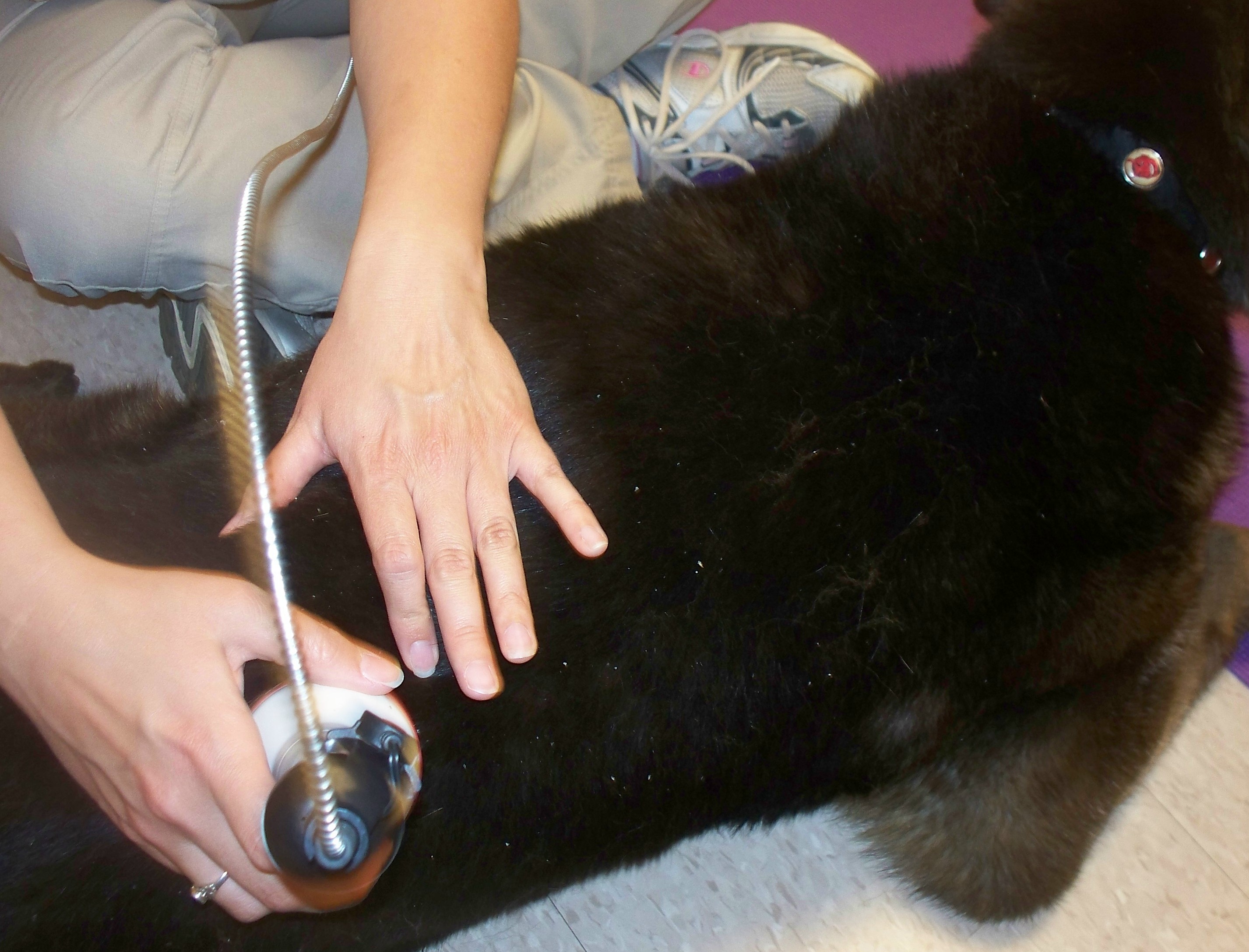
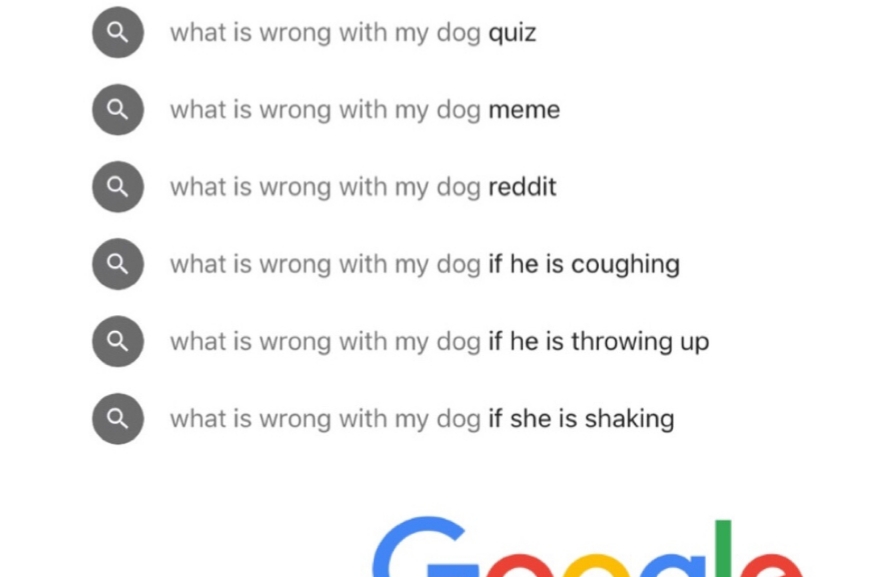
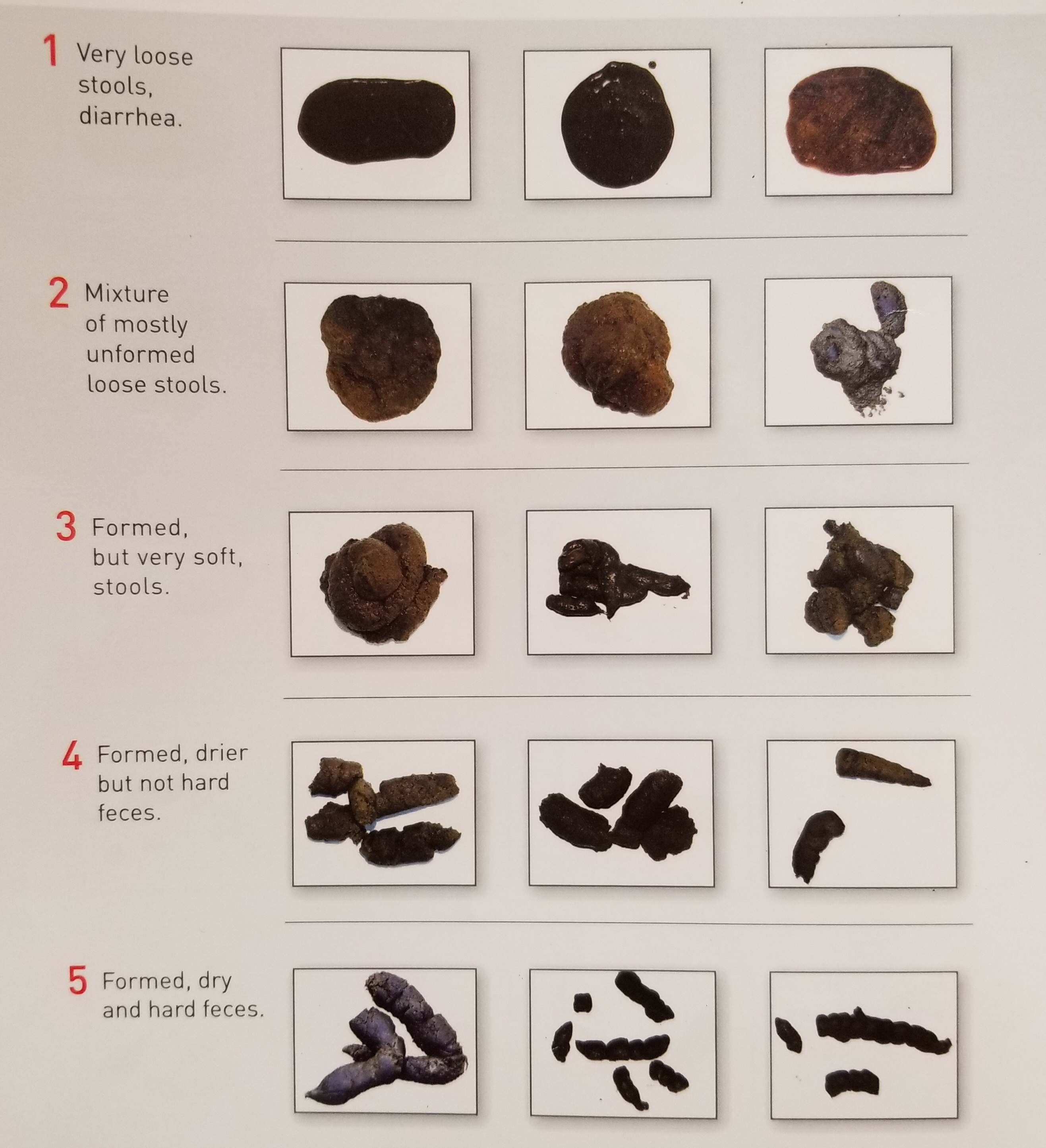
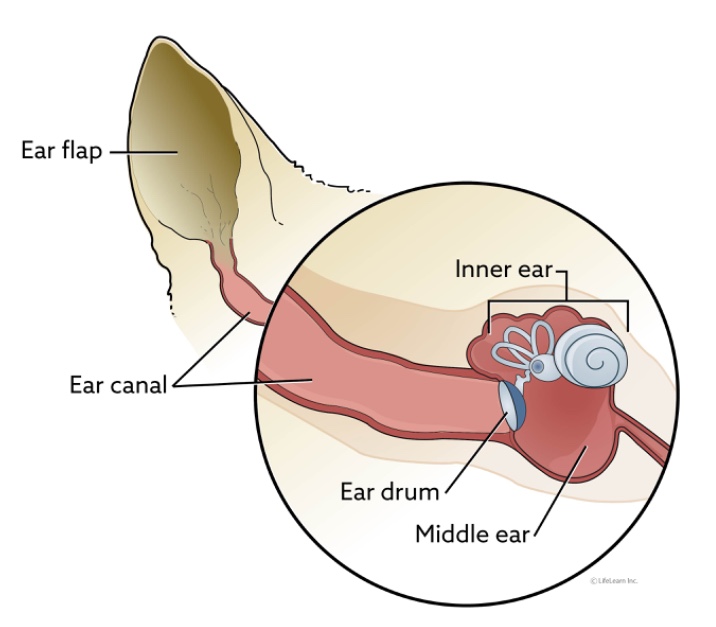
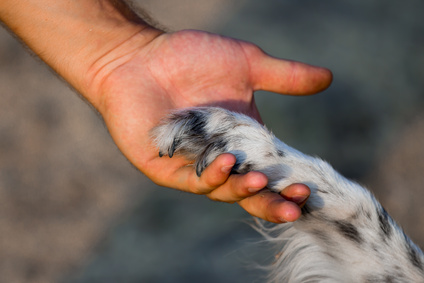




Recent Comments